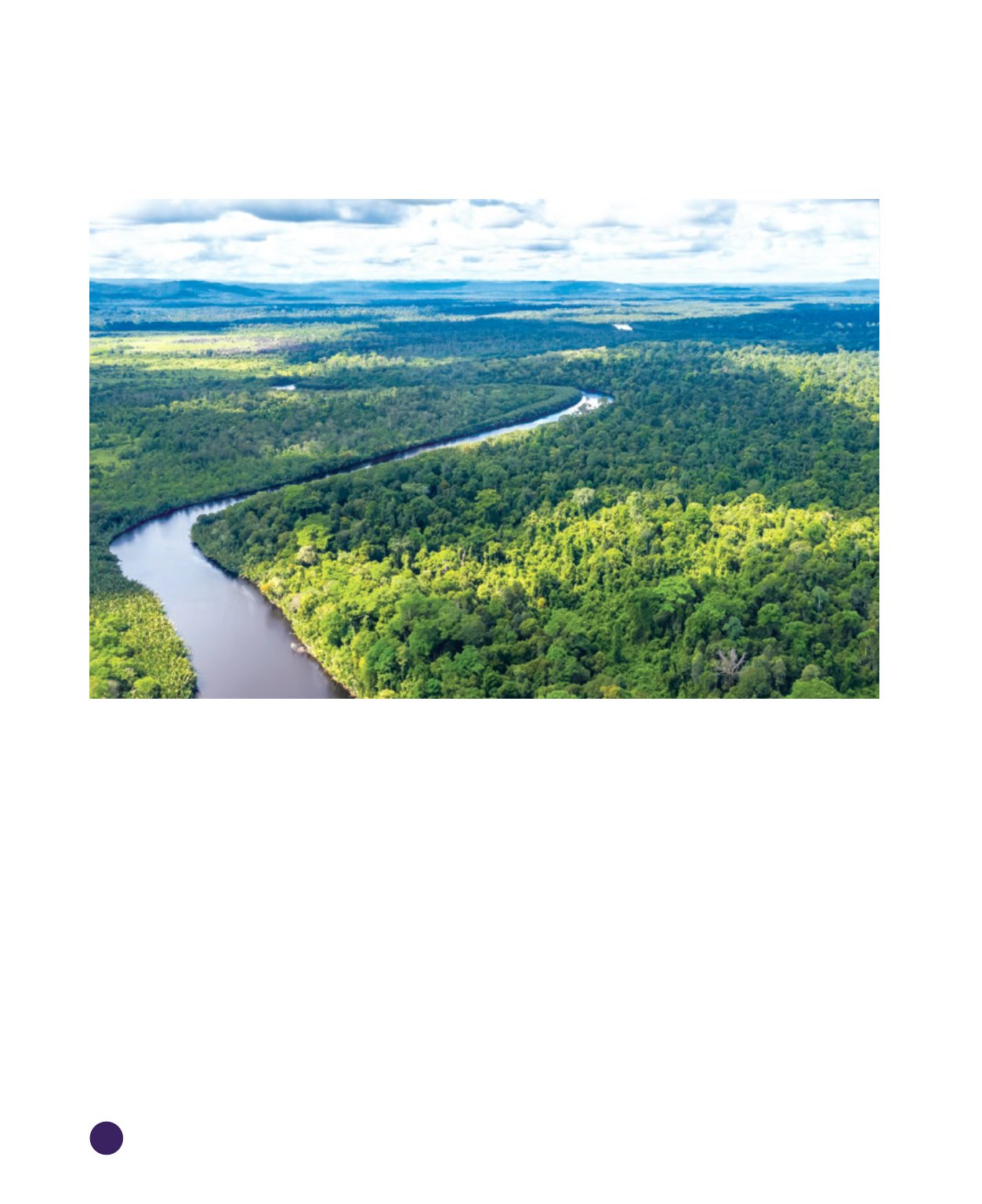

232
Borneo Bulletin Yearbook 2021
Brunei Darussalam is well known for its lush
and pristine tropical rainforest. The Government
of His Majesty Sultan Haji Hassanal Bolkiah
Mu’izzaddin Waddaulah ibni Al-Marhum
Sultan Haji Omar ‘Ali Saifuddien Sa’adul Khairi
Waddien, Sultan and Yang Di-Pertuan of Brunei
Darussalam has taken the steps and initiatives to
preserveBrunei’s cherished jungles to avoid activities
that might compromise its rich natural resources
such as deforestation and habitat loss. By taking care
of its greenery, the country has turned itself into one
of Southeast Asia’s top ecotourism spots.
The majority of the pristine rainforest – at 70 per
cent – is preserved as the Ulu Temburong National
Park situated in the Temburong District, while 58
per cent is under legal protection. This was made
possible through the Heart of Borneo initiative, a tri-
lateral agreement signed by Brunei, Malaysia and
Indonesia to protect the lush ecosystem against
any acts of devastation against the rainforests.
Ulu Temburong National Park is known to host an
unimaginable range of diversity and is home to
some of the world’s rarest species. Exotic animals
reside in the vast expense of the park including
long-nosed horned frogs, proboscis monkeys, ying
lizards, crested rebacks and rhinoceros hornbills.
In November 2019, the ‘Explore Labi’ project was
launched to establish Mukim Labi as a sustainable
eco-tourism spot and wildlife sanctuary. With
an area of about 47,784 hectares, Mukim Labi
is ideal for educational outings and adventures
including summer camping, extra-curricular and
team-building activities, as well as getaways
and outward-bound programmes. There are
also trails for trekking towards two popular
waterfalls, Wasai Wong Kadir and Wasai Teraja.
Mukim Labi is home to over 300 species of
wildlife that are native to Borneo, 81 frog species,
more than 10 species of snakes and reptiles, as
well as over 150 species of forest birds.
ECOTOURISM









